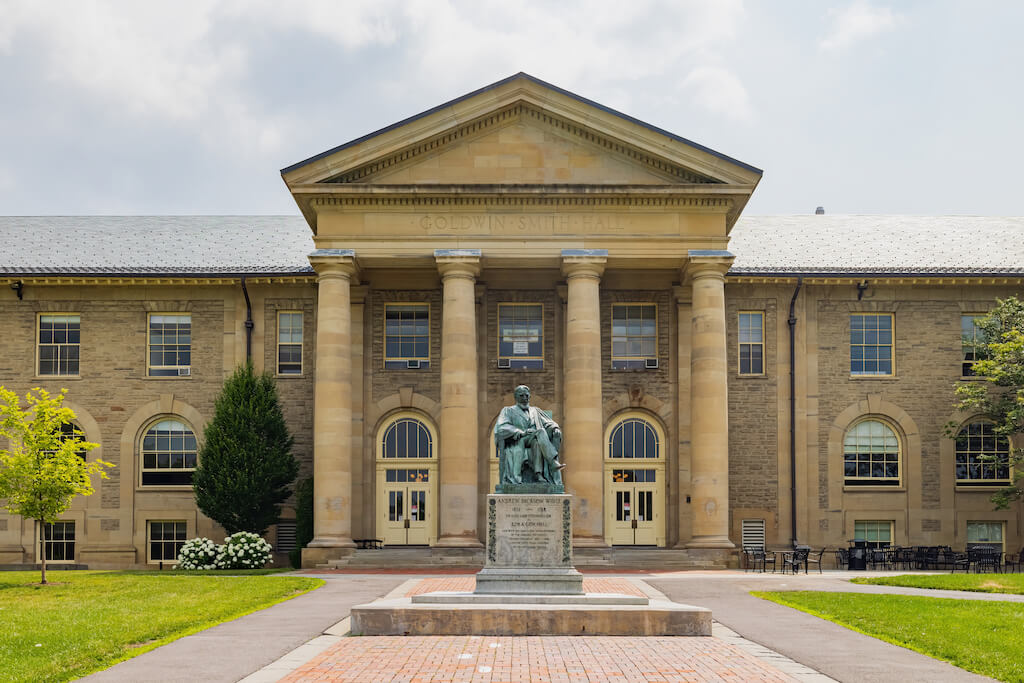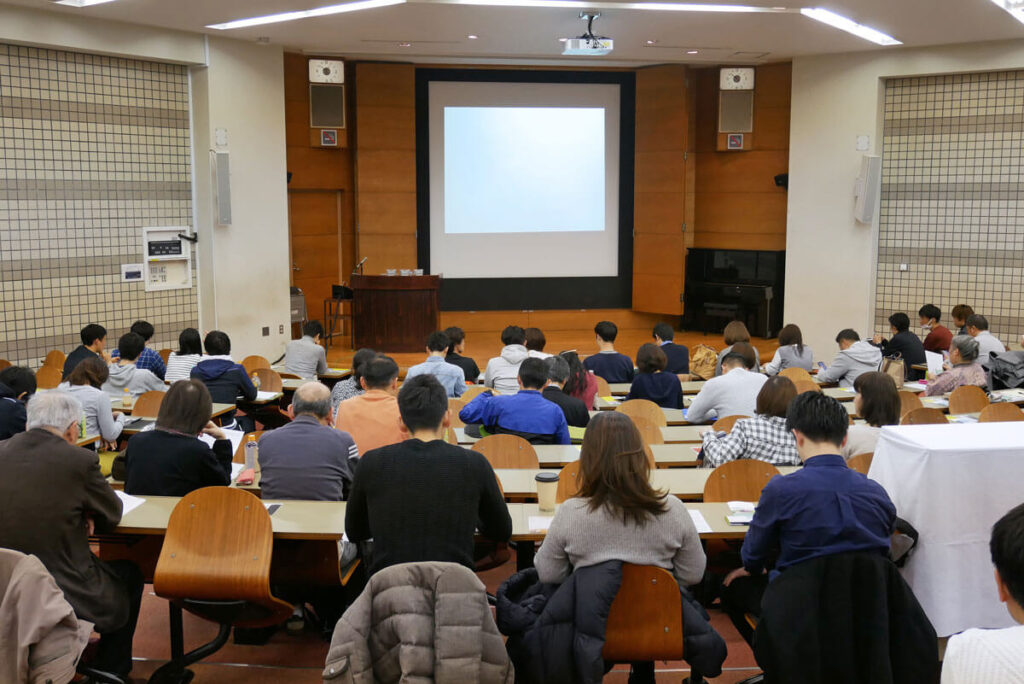Charles Town, West Virginia, APUS’ headquarters, is replete with history. As a history buff, I have found the history of this town fascinating. For those of you who don’t know, Charles Town and Jefferson and Berkley County were part of the state of Virginia until 1863 when President Lincoln transferred them to West Virginia. Some of the descendants of residents from the 1800’s still consider themselves Virginians. During the War Between the States, the area was vital to both sides and the occupancy of the town changed hands numerous times. Currently, the area is recognizing the 150th anniversary of John Brown’s raid on Harpers Ferry and his trial in Charles Town, Virginia. Because these sesquicentennial events are occurring throughout 2009 and 2010, I thought I would provide a brief summary of John Brown, his life’s dedication to the abolition of slavery, the raid, and the trial.
John Brown was an American abolitionist born in Connecticut. After an unsuccessful attempt at becoming a Congregationalist minister, Brown married Dianthe Lusk and moved to New Richmond, Pennsylvania where he opened a tannery, a venture that became quite successful for the family. In 1832, following complications from the birth of Brown’s seventh child, his wife, Dianthe, died. Soon after, however, Brown married sixteen-year-old Mary Ann Day with whom he had an additional 13 children.
Brown was always an enthusiastic supporter of the anti-slavery movement. After learning of the death of Elijah P. Lovejoy in 1837, Brown spoke the following words which would serve as a theme for the rest of his life: “’Here, before God, in the presence of these witnesses, from this time, I consecrate my life to the destruction of slavery!’” In 1848, Brown moved his growing family to North Elba, New York to settle among poor black families who were being granted land by abolitionist Gerrit Smith. Though he purchased land and built a home, he spent little time there. When some of his adult sons who were in the Kansas Territory told Brown in 1855 of militant pro-slavery forces taking root there, Brown left his home in New York and traveled to meet them to oppose these forces and the institution of slavery in general.
While in Kansas, Brown led a group of men, including several of his adult sons, on a raid of Lawrence, Kansas after pro-slavery forces sacked the town. The raid in May 1856, known as the Pottawatomie Massacre, ended in the death of five pro-slavery settlers in Franklin County, Kansas. Though Kansas remained a slave state after John Brown’s raid, Brown did not give up his support for the anti-slavery movement. Upon returning to New York in 1856, Brown traveled through New England attempting to garner support and funds for his cause. Prominent supporters of Brown included William Lloyd Garrison, Samuel Gridley Howe, Frederick Douglass, and Henry David Thoreau.
After several years of seeking support and funds, Brown returned to his New York home in 1859 to say farewell to his family before heading to Harpers Ferry. By July 1859, Brown arrived in Harpers Ferry and under the alias Isaac Smith rented a farmhouse four miles away in Maryland. There he awaited the arrival of those he had attempted to recruit during his travels through New England and was eventually disappointed that they did not show up in the numbers he had anticipated. Indeed, upon revealing his plans to raid the Federal Armory at Harpers Ferry to several of his supporters, those supporters (including Frederick Douglass) expressed reservations about the plan and discouraged others from joining Brown’s effort. After receiving promises of support from hundreds of men, only 21 showed up at Brown’s rented farm in Maryland. Even with these small numbers, Brown was determined to push forward with his mission.
On October 16, 1859, Brown led 19 of these men to Harpers Ferry where they implemented their plan to raid and take possession of the Armory at Harpers Ferry. The Armory contained approximately 10,000 muskets and rifles. Brown’s plan was to distribute them to local slaves until all of Virginia’s slaves were armed in rebellion against their masters and the institution of slavery as a whole.
When the group of 20 men, including Brown, entered Harpers Ferry, they met little resistance from the townspeople and quickly took possession of the Armory as only one guard was defending it. Brown’s plan started to go awry when an eastbound train began to approach the town. One of Brown’s men fired on the train and the baggage master, ironically a free black man named Hayward Shepherd, became the first casualty of the assault. After the death of Shepherd, Brown allowed the train to continue on its path. That proved to be a critical mistake. Through the train’s passengers and conductor, word of the raid reached Washington only hours later. In the meantime, Brown’s men were coming under fire by local forces who had taken up positions in the hills and mountains surrounding the town. By the morning of October 18, President James Buchanan had ordered a company of US Marines, led by Colonel Robert E. Lee to proceed to Harper’s Ferry. Lee quickly surrounded Brown’s men in the engine house where they had moved after their escape had been cut off by local militia. Lee sent Lt. J.E.B. Stuart to negotiate with Brown and tell him that their lives would be spared if they surrendered. Brown’s refusal to surrender triggered a signal from Stuart and the Marines stormed the fort. Within minutes, Brown and his surviving men were in custody. Ten of Brown’s men were killed in the fight, including two of his sons, and five escaped. Brown sustained serious wounds during the battle and the seven other men who were captured with him were questioned for hours by authorities. In a political twist due to the tension between the slavery and anti-slavery states, Virginia Governor Henry Wise insisted that Brown and his men be tried in Virginia even though the Armory was technically federal property.
Brown was charged with murdering four whites and one black man as well as conspiring with slaves to rebel and treason against Virginia. The trial of Brown and his men began in Charles Town on October 27 and lasted just over a week. John Brown did not have counsel for much of the trial and was appointed several local attorneys to serve as counsel until his personal attorney could arrive from Boston, Massachusetts. On November 2, 1859, despite the efforts of his team of attorneys, Brown was found guilty on all counts and sentenced to be hanged in public on December 2. During the last month of his life, Brown was housed in the jail in Charles Town. Also, during that last month, actor John Wilkes Booth (Abraham Lincoln’s assassin) performed orations from a meeting house in town. Interestingly, one of Brown’s colleagues, Silas Soule, managed to infiltrate the jail and intended to rescue Brown. Brown refused and told Soule that he was prepared to die as a martyr. Cadets from the Virginia Military Institute were sent to guard the execution site in case any of Brown’s supporters attempted to rescue him. Among the three faculty members leading the VMI cadets was Major Thomas J. “Stonewall” Jackson. On December 2, Brown is reported to have read his Bible and written a letter to his wife which included his will. At 11:00 am that morning, he was escorted from the jail. Brown refused any religious services both in the jail and at the scaffold since he had consistently rejected the ministrations of pro-slavery clergy throughout his life. At 11:15 am, Brown was hanged and was pronounced dead at 11:50 am. His body was placed in a wooden coffin with the noose still around his neck and returned to North Elba, New York where he was buried next to two of his sons who died at Harpers Ferry.
Brown’s legacy has remained a controversial one. Some historians note that even though Brown at times alluded to his hope to end slavery without much bloodshed, his raid spilled the blood of innocent people. Others see Brown as one of the most steadfast abolitionists of the time and commend him for his efforts. Undoubtedly, his raid and trial accelerated the path of the Civil War that erupted between the states. During the war, the most popular song sung by Union troops was John Brown’s Body. The melody of that song was later used for the song The Battle Hymn of the Republic. Today marks the 150 year anniversary of the conclusion of John Brown’s trial. The National Park service held a series of events in Harpers Ferry in October and the Jefferson County Historical Society is having its fall meeting on November 7 at 2:00 pm on the lower level of the Old Charles Town Library on the corner of Washington and Samuel Streets. At that meeting, local author and JCHS Board member, Bob O’Conner, will give a presentation titled, “Charlestown’s Role in the John Brown Events of 1859.” I encourage anyone who can attend to do so since I am sure it will be informative and worthwhile.
Below is a photo gallery with images that relate to John Brown’s trial. Interestingly, the home of former Mayor and John Brown defense counsel Thomas Green has been restored by APUS and is now used as a conference center.
[nggallery id=3]










